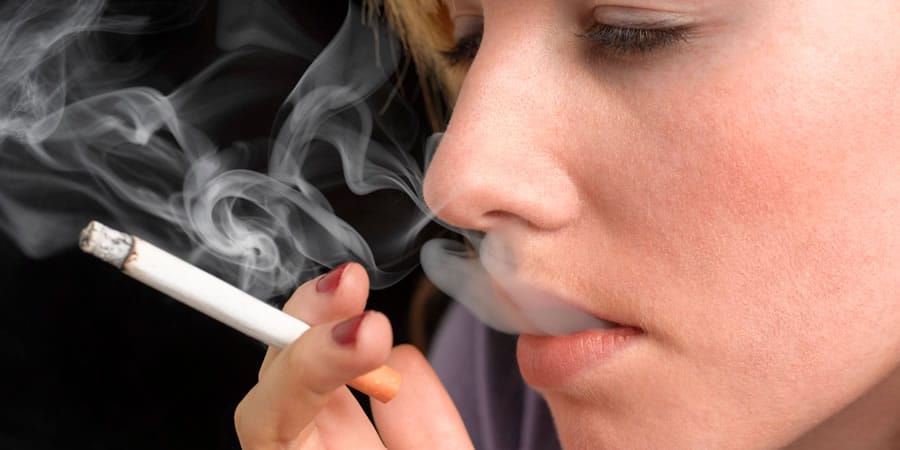
The impact of family background on non-smokers Essay
At this point, the impact of the family background on the impact of passive smoke on non-smokers, especially children, is particularly significant. In this respect, one of the recent studies reveals that parental awareness of the risks of SHS was not significantly different in outdoor and indoor smokers; on the contrary, more indoor than outdoor smokers belonged to the group of parents with high risk awareness (33.9% vs. 27% respectively) (Shiva & Padyab, 2008). The study compares risk awareness with respect to smoking status and defines clearly that there is no significant difference in risk awareness between smokers and nonsmokers, and between heavy smokers and moderate smokers; i.e., risk awareness was high in 33.9% of heavy smokers, 34.1% of moderate smokers, and 21.1% of nonsmokers ( P > 0.05 in all instances) (Shiva & Padyab, 2008). In such a way, the share of non-smokers is relatively high and they are vulnerable to the negative impact of passive smoke.
Furthermore, a survey of school children between 11 and 18 years of age from 20 provinces in Iran has shown the prevalence of self-reported cigarette smoking to be 14.3%, with a higher prevalence in boys (18.5%) than in girls (10.1%). A study of 1095 students in Tehran, aged 14 to 18 years, reported that 29% smoked occasionally and 5% (6% of boys and 2% of girls) were daily smokers. According to statistical reports, about 1 in 3 US children live with a smoker; estimates of child exposure to secondhand smoke range from 25% to 43% of all children in the United States. Questionnaire-based assessment of environmental tobacco smoke (ETS) exposure has varied from 7% in Finnish children to> 60% among Californian youth. A survey in Greece revealed smoking prevalence among adults with preschool children to be 44% (52% of fathers and 36% of mothers) (Shiva & Padyab, 2008). In such a way, the statistics concerning the effects of the exposure of non-smokers to the impact of passive smoke may vary but the statistics reveals the clear trend that non-smokers suffer from the negative impact of passive smoke and they have to resist to this impact. Otherwise, they can develop different health problems such as asthma, cancer, heart-diseases, and others.

